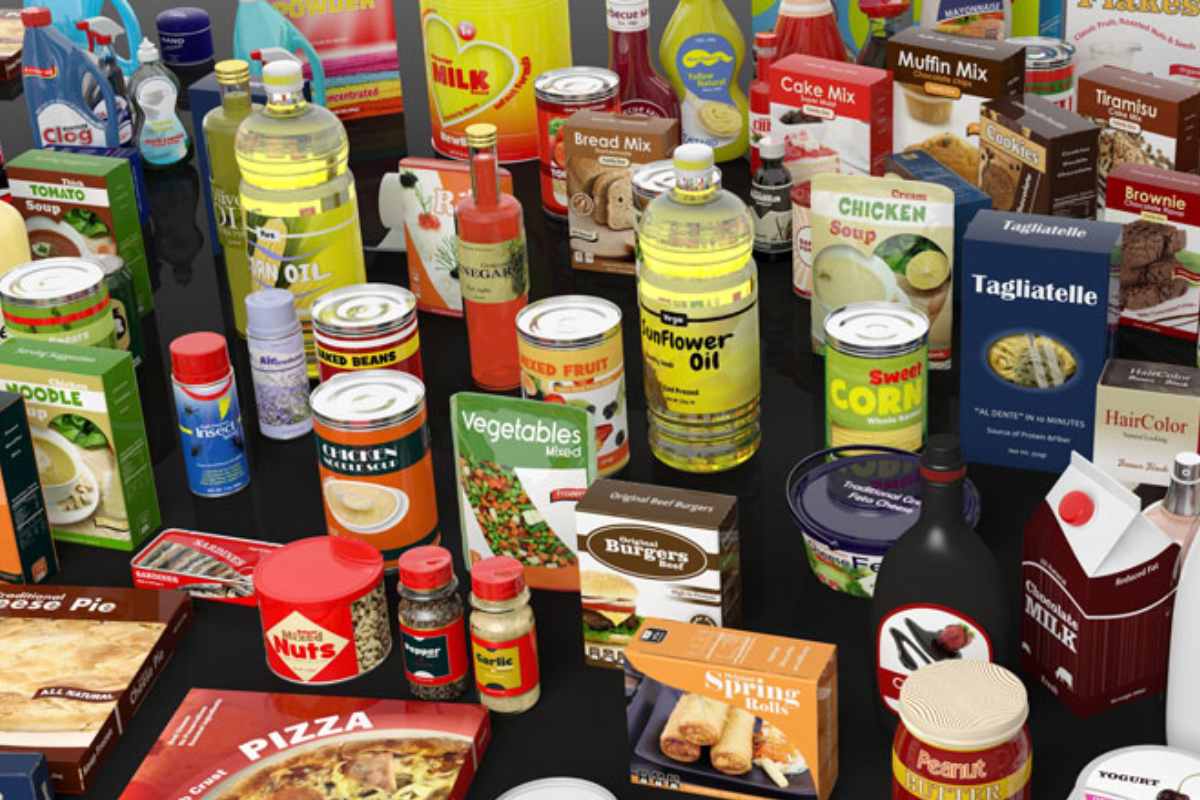
The original purpose of beverage packaging was primarily to safeguard and maintain the contents. Over time, however, food and beverage packaging has evolved into a powerful marketing tool. Today, packaging design plays a crucial role in influencing consumer purchasing decisions, making beverage packaging a highly effective marketing asset. With many beverage choices available, differentiating yourself from the competition and capturing consumer attention is increasingly challenging. Selecting the correct type of packaging that resonates with your target audience is paramount. This article will give you tips for beverage packaging for marketing.
The Purpose of Beverage Packaging
Beverage packaging serves three essential functions.
Protection: The primary role of beverage packaging is to safeguard the product from contamination and leakage during handling, storage, and transportation. Various beverages require protection against oxygen intrusion, UV exposure, carbonation loss, and potential flavor and quality alterations.
Communication: Packaging serves as a conduit for providing essential product information to consumers, such as nutritional details, ingredients, manufacturing location and date, and shelf-life information. It also communicates brand narratives, promotions, and unique attributes to consumers.
Promotion: Packaging should attract consumers and evoke a sense of pride in using the product. It serves as a vehicle for conveying information about the product and helps shape positive brand perceptions.
Tips for Packaging Your Beverages for Marketing
Creating a Powerful Logo
Design a logo that captures the essence of your brand and product. Incorporate unique elements that make your logo easily recognizable and memorable. Consider your brand’s personality—whether it’s sleek and modern, playful and colorful, or classic and timeless. Your logo should effectively communicate what your brand stands for.
Selecting Appropriate Materials
The materials you choose for your packaging reflect your brand’s values and commitments. To align with eco-conscious consumers, opt for sustainable options like recycled or biodegradable materials like an aluminium can. The right materials can enhance the perceived value of your product and strengthen your brand’s reputation.
Optimizing Weight and Shape
Design packaging that is both functional and efficient. Consider the practical aspects such as ease of handling for consumers and cost-effective manufacturing and transportation. A well-thought-out design can reduce costs and environmental impact while enhancing user experience.
Prioritizing Sustainability
Your packaging design should highlight your brand’s commitment to sustainability. Use eco-friendly materials, minimize excess packaging, and communicate your efforts to consumers. Sustainable practices can attract environmentally conscious customers and differentiate your brand.
Leveraging Color Psychology
Choose colors strategically based on the emotions and associations you want to evoke in your audience. For example, blue can convey trust and professionalism, while green signifies health and sustainability. Research color psychology to ensure your color choices resonate with your target demographic.
Designing Cost-Effectively
Create visually appealing packaging without exceeding your budget. Explore print-on-demand services and utilize pre-made templates to streamline the design process and reduce costs. Balancing aesthetics with affordability is vital to maximizing your packaging’s impact.
Maintaining Consistency
Ensure consistency across all branding materials, including packaging, logo, website, and social media. Consistent branding reinforces brand identity and builds trust with consumers. Use the same color palette, typography, and design elements across all touchpoints.
Using Custom Options
Offer personalized packaging options to enhance consumer engagement and foster brand loyalty. Customized packaging can create a memorable unboxing experience and make customers feel valued and connected to your brand.
In Summary
Beverage packaging establishes and enhances brand credibility and appeal, ensuring that products stand out prominently on crowded retail shelves. Brands should strongly consider incorporating beverage packaging into marketing campaigns.
